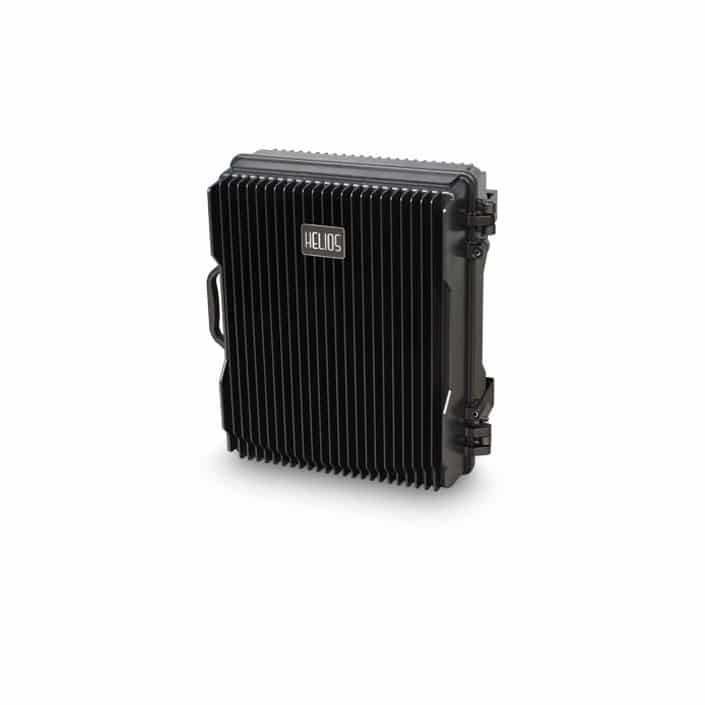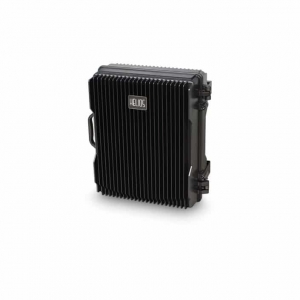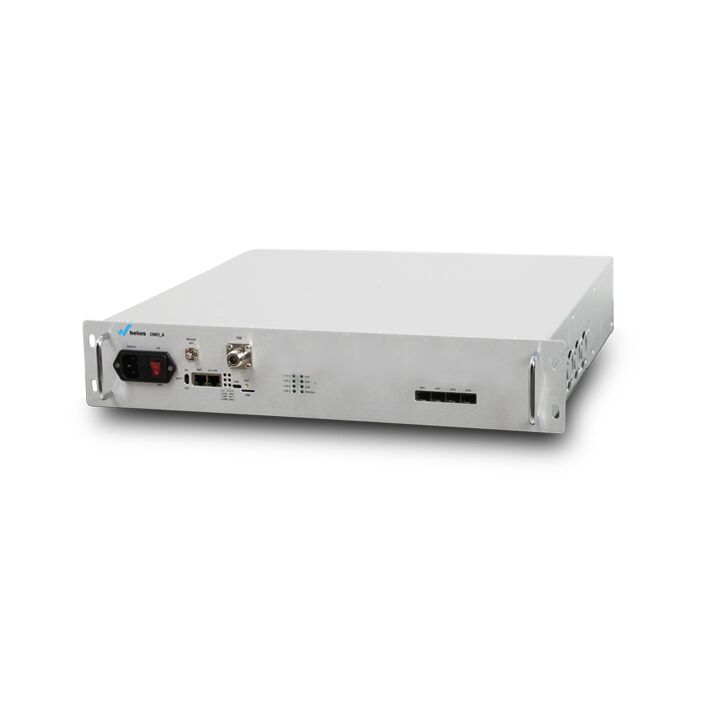GSM-R Digital CPRI Optical Transport System - Optical Remote Units (ORUs)
As a common transportation, Railways transportation increases the carrying capacity, shortens the transportation time and decreases the transportation cost which improve the quality of transportation services, yield greater customer satisfaction, and help to create the socioeconomically balanced societies. And this highly efficient transport mode creates significant challenges in terms of investment, technology, industry, and environment.
To handle increasing traffic, ensure passenger safety, and provide real-time multi-media information, GSM-R communication system and more advanced LTE-R communication system is required. GSM-R is essentially the same system as the GSM but with railway-specific functionalities. The GSM-R network serves as a data carrier for the ETCS, which is the signaling system used for railway control. To provide improved and more efficient transmission for railway communication, LET-R has many advantages over GSM in terms of capacity and capabilities. LTE-R which is based LTE standard will replace GSM-R in the future.
HELIOS® GSM-R Digital Optical Transport System is designed to extend the railway coverage of GSM Based communication.
Utilizing a centralized digital CPRI distributed architecture, HELIOS® GSM-R Digital Optical Transport System is a two-tier architecture consisting of the Optical Master Units (OMUs) and Optical Remote Units (ORUs). RF signals from Base Stations, off-air, can be received. The signal is filtered and then converted to a digital CPRI data stream. The digital CPRI packet data stream is transported via single mode fiber and received by the ORUs. The ORUs then convert the digital CPRI packet data stream back to RF and amplify the signal for delivery to the antennas, or radiating cable.
The whole system network topologies including star, chain and hybrid to cater to different deployment scenarios. These network topologies provide reduced fiber plant usage and installation cost, and effective fiber loop redundancy configurations.
FEATURE
- ALL Digital Software and Hardware Platform
- CPRI Transport between OMU’s and ORU’s
- Supports 4 Digital Optical Output Ports for each OMU
- Supports up to 8 Remote Units cascading in each optical port
- One OMU support up to 32 Remote Units connection
- Single Fiber core to transport
- Supports up to 10 Gb/s Digital Optical Fiber Speed
- Loop redundancy support
- Option embedded optical bypass module for non-loop redundancy architecture
- Long transport distance and accurate delay calibration
- RF composite DL output power +37dBm, +40dBm and +43dBm option
- IP67 and wall mount or pole mount of ORU
- 19” standard Rack case design of OMU
- RJ-45 Port in OMU to support Local Control and Alarming via web browser GUI
- Additional RJ-45 Port for external ethernet and wireless modem
- SNMP V3 and MIB File
SPECIFICATIONS
Electrical Specification
Frequency Range (Customized): 876-880 MHz/921-925 MHz
Downlink Composite Output Power: 37±2dBm or 40±2dBm or 43±2dBm
Gain: Max. 50dB
Gain Adjustment: 25dB in 1 dB steps
Max Input Power without Damage: UL: ≤-10dBm
Group Delay: <36µs exclude fiber delay
IMD 3: -36dBc
Spurious: ≤-36dBm@9KHz~1GHz; ≤-30dBm@1GHz~12.75GHz
VSWR: <1.5
Alarm Detection: PA Fault alarm, Optical Transceiver Link alarm, Downlink output over power alarm, Door open alarm and etc.
Local Alarm Indications: LED alarm display
I/O Impedance: 50 ohm
MTBF: 80,000 Hours
Power Supply: 220V AC 50~60Hz
Power Consumption: Max. 200W
External and Antenna Connection
RF Connector: 1* N-Type Female
Optical Connector: 2 * LC/UPC
Mechanical Specification
IP Rating: IP67
Temperature Range: -25℃ to +55℃
Relative Humidity: Max 95%
Dimension: 499*399*225mm
Weight: Max 34kg




